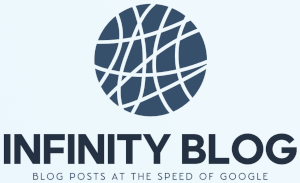
Individual Differences in Problem Solving Abilities
Individual Differences in Problem Solving Abilities
Problem solving is a crucial skill that is required in various aspects of life, including academics, work, and personal relationships. However, not everyone approaches problem solving in the same way or possesses the same level of ability in this area.
Individual differences in problem solving abilities refer to the unique strengths and weaknesses that individuals have when it comes to identifying and solving problems. These differences can arise due to a variety of factors, such as cognitive abilities, personality traits, and past experiences.
Some individuals may excel in logical reasoning and analytical thinking, making them highly adept at breaking down complex problems into simpler components. Others may have a more creative approach, using their imagination and intuition to come up with innovative solutions.
Understanding and appreciating these individual differences is important because it allows us to tailor our teaching methods and problem-solving strategies to meet the diverse needs of learners. By acknowledging that not everyone thinks and learns in the same way, we can create a more inclusive and effective learning environment.
Strategies to Enhance Problem Solving Skills
Whether you are an educator, a student, or simply someone who wants to enhance their problem-solving abilities, there are several strategies that can help:
- Develop critical thinking skills: Critical thinking involves analyzing and evaluating information to make reasoned judgments. Engage in activities that promote critical thinking, such as puzzles, riddles, and brainteasers.
- Encourage collaboration: Collaborative problem solving allows individuals with different strengths to come together and leverage their abilities to find solutions. Working in teams or seeking input from others can lead to more comprehensive problem-solving outcomes.
- Experiment with different problem-solving approaches: Encourage individuals to explore different problem-solving techniques, such as trial and error, brainstorming, or using visual aids. By experimenting with various approaches, individuals can discover which methods work best for them.
- Use real-world examples: Connecting problem-solving activities to real-world scenarios helps individuals see the practical application of their skills. It enhances motivation and engagement while providing a context for deeper understanding.
- Provide feedback and reflection opportunities: Feedback plays a crucial role in improvement. Regularly provide constructive feedback to help individuals identify areas for growth and further enhance their problem-solving abilities.
By implementing these strategies and recognizing individual differences in problem solving abilities, we can foster a culture of problem solvers who are equipped to tackle the challenges of the modern world.
